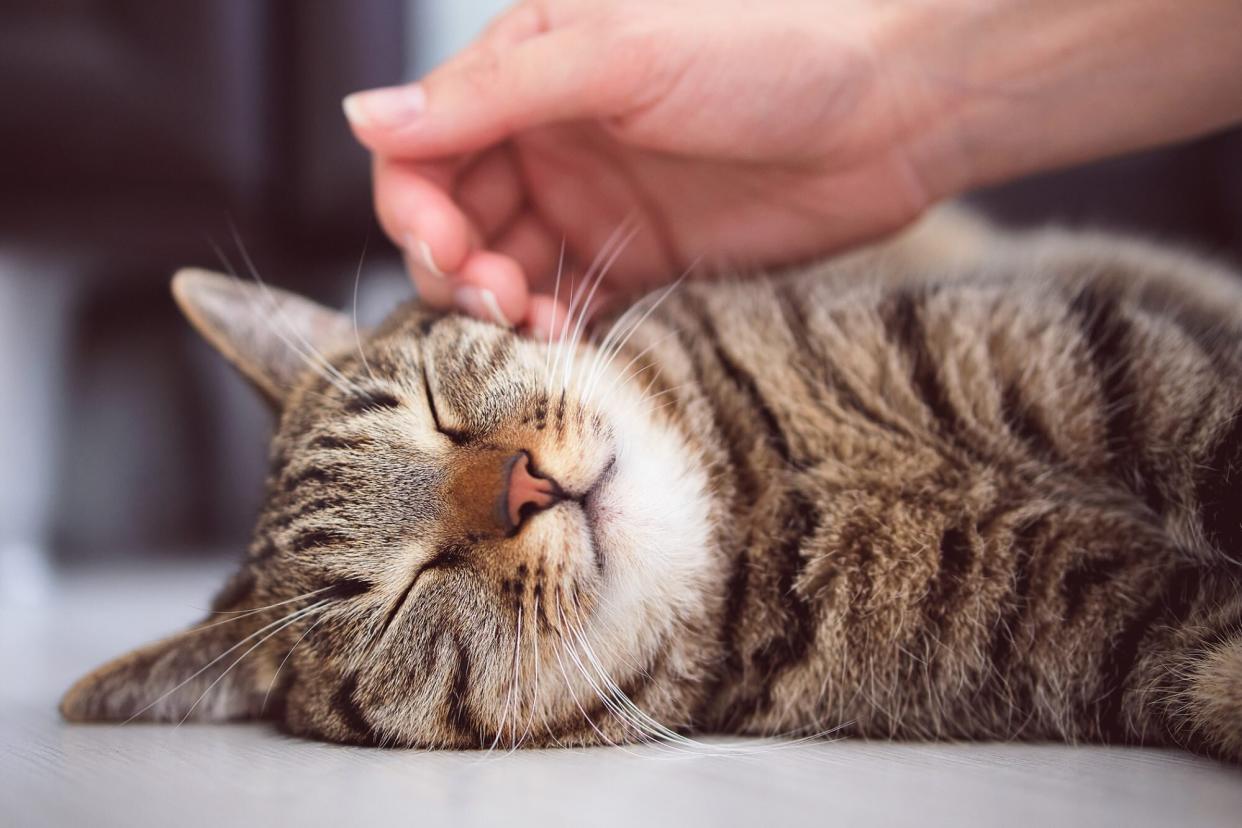Could Your Cat Have Feline Vestibular Disease?

Aleksandr Zubkov / Getty
Is your usually healthy and coordinated cat suddenly clumsy, bumping into things, and falling over? Is their head tilted to one side or do you notice their eyes darting back and forth for no apparent reason? Your cat might be experiencing feline vestibular disease. But thankfully, this condition isn't usually permanent.
What Is Feline Vestibular Disease?
Feline vestibular disease, also referred to as feline idiopathic vestibular disease or feline vestibular syndrome, stems from issues with the brain's vestibular center. Just like in humans, the vestibular portions of your cat's brain are responsible for maintaining balance, sense of orientation, and sense of direction. In cats with vestibular disease, their balance and coordination will be off, making them more prone to accidents and walking in circles.
Symptoms of Vestibular Disease in Cats
Nikki Graham, DVM from Nottingham Animal Hospital in Hamilton, N.J., says the most common symptoms of vestibular disease in cats include:
Incoordination
Falling
Walking in circles
Nystagmus (involuntary rapid eye movement)
Nausea and vomiting
Lack of appetite
Facial drooping may also occur, especially if the cause is a brain tumor. Symptoms tend to appear suddenly, usually in less than an hour, and tend to be the worst in the first 24–48 hours, before beginning to steadily improve.
Feline vestibular disease is not contagious to humans or other cats, and usually it is a short-term condition that resolves by itself. Certain causes, however, will require veterinary attention and specific interventions, so if you notice any of these symptoms in your cat, you should see your veterinarian for diagnosis and treatment.
What Causes Feline Vestibular Disease?
Graham explains that vestibular disease in cats can be caused by ear infections, nasopharyngeal polyps, brain tumors, hypertension, thiamine deficiency, trauma, or infections associated with feline infectious peritonitis.
Cases of feline vestibular disease can also be idiopathic, meaning there is no known specific cause. Graham says that certain breeds of cats, most commonly Siamese, Burmese, and Tonkinese, can also develop a congenital (genetic) form of the disease. If you suspect that your cat is experiencing vestibular disease, bring them to a veterinarian for further testing and diagnosis as the treatment plan for your cat will be determined by the cause of their specific case.
Treatment and Home Remedies for Vestibular Disease in Cats
Feline vestibular disease treatment depends on the cause of your cat's specific case, making it vitally important to bring your cat to a vet if you notice symptoms and especially if these symptoms do not go away within a few days.
If the vestibular disease is caused by an ear infection or hypertension, for example, it can be treated with medication. Thiamine deficiency can be treated by adding thiamine supplements to your cat's diet. Other causes, such as nasopharyngeal polyps, may require surgical treatment. If the cause of your cat's vestibular disease is unknown, says Graham, your vet will be able to offer anti-nausea medication and advice on how to ensure your cat's comfort.
At home, after you've seen the vet, Graham says that the best thing you can do is provide supportive care. This includes keeping your cat comfortable and safe—for example, blocking off entry to stairs and removing objects they may fall into—and ensuring that they eat. Medications to treat nausea will also help keep your cat comfortable. In most cases with unknown causes, your cat can fully recover from feline vestibular disease with time and your love and support.

